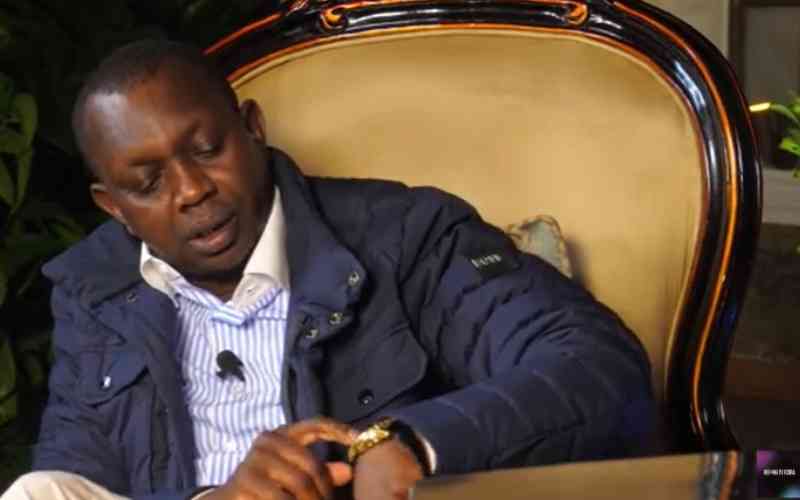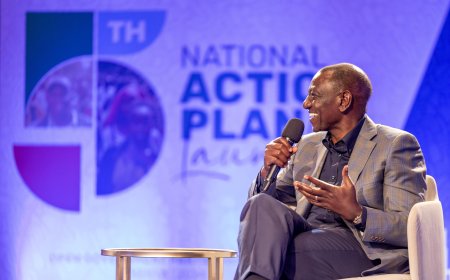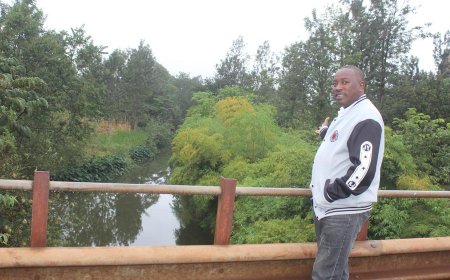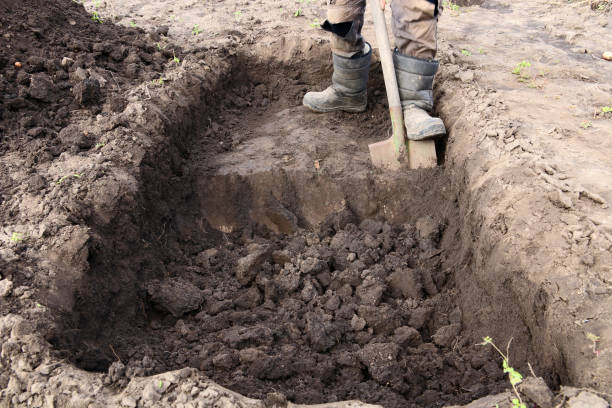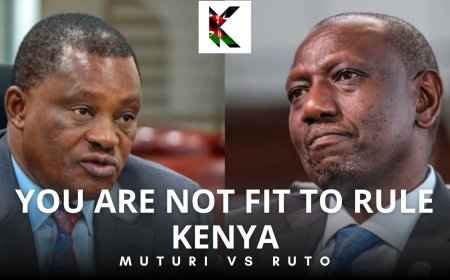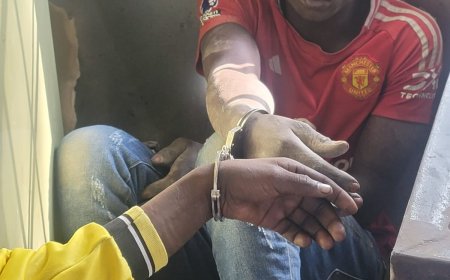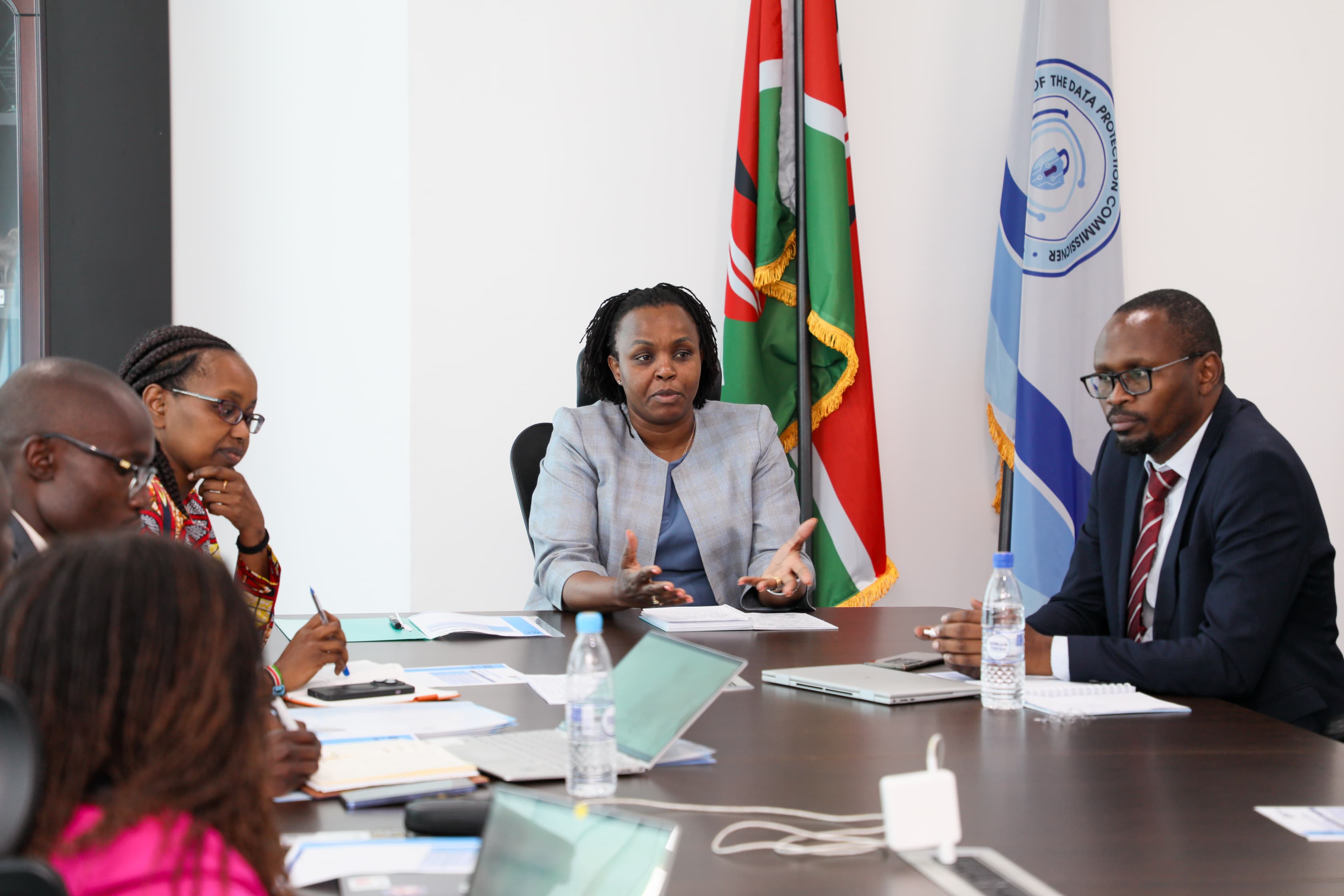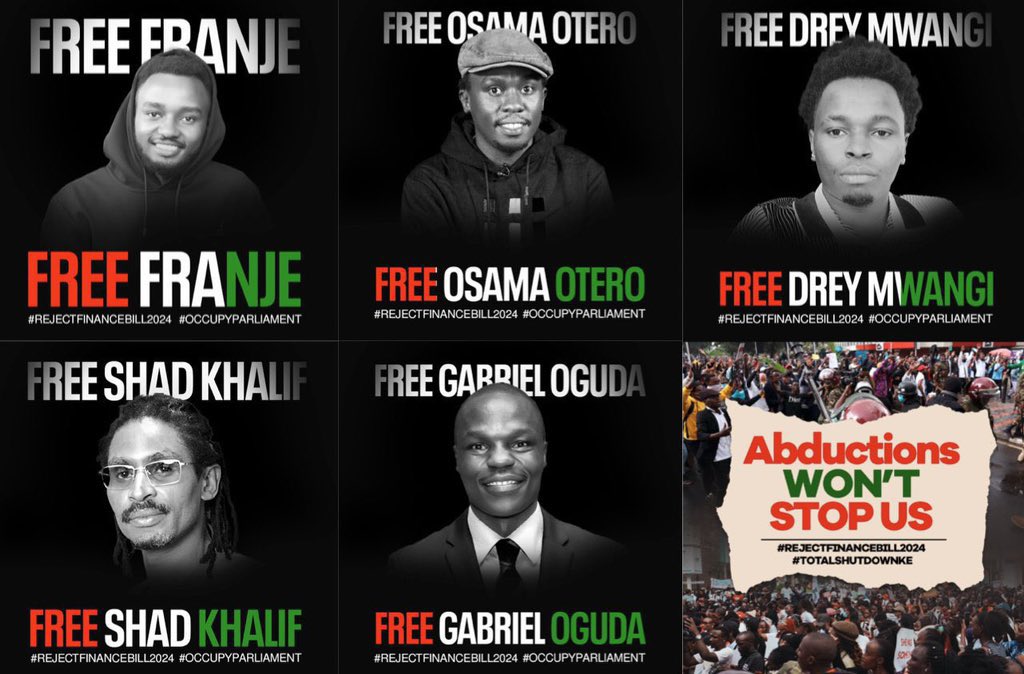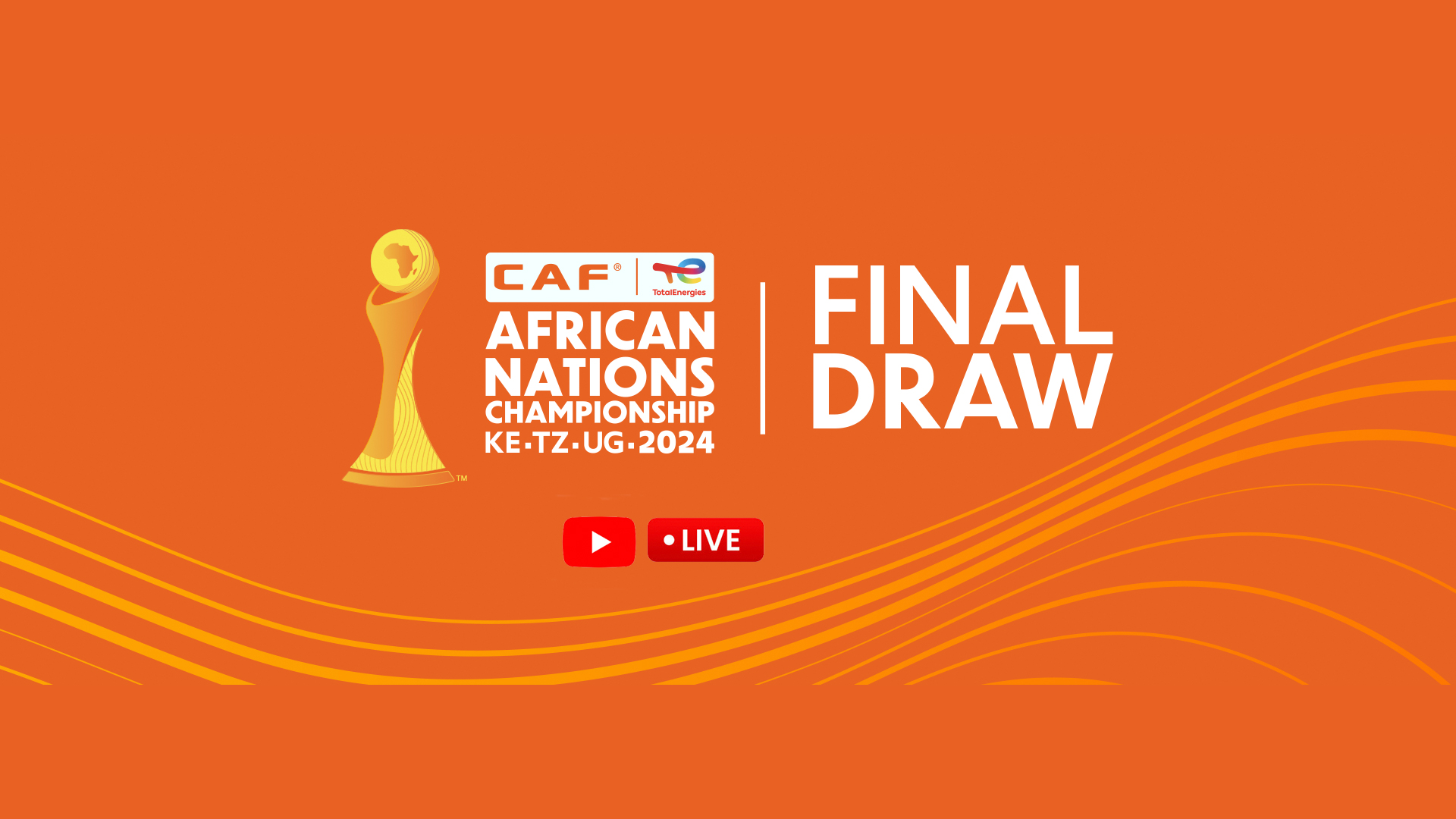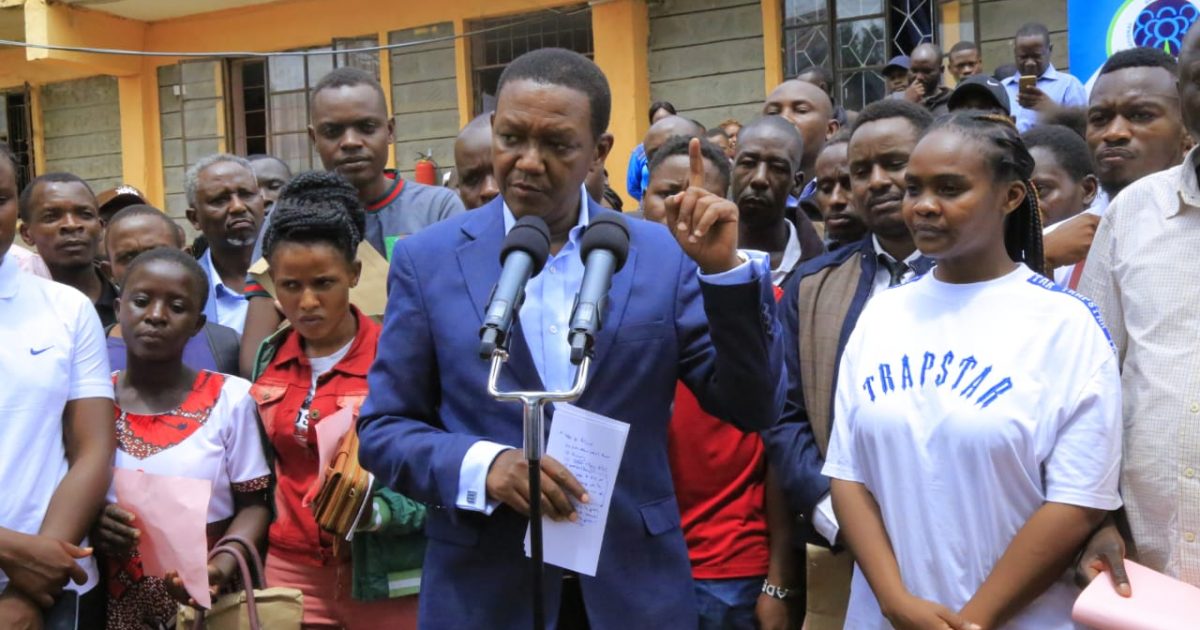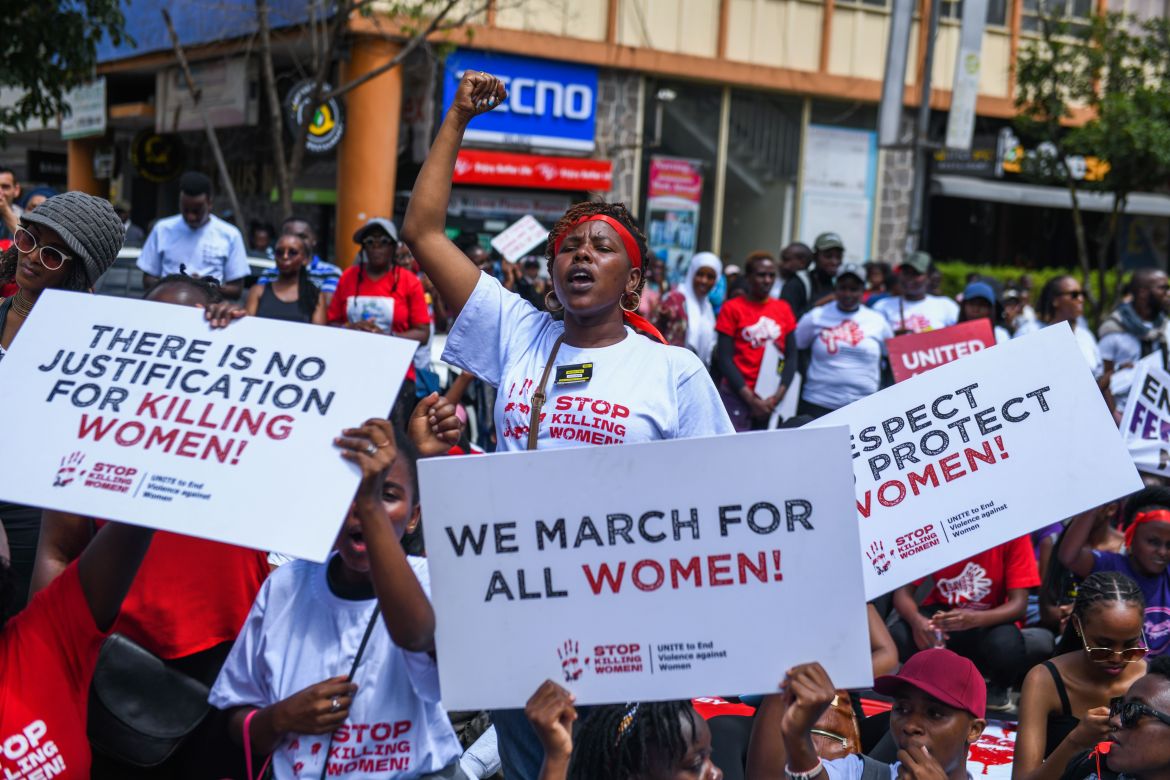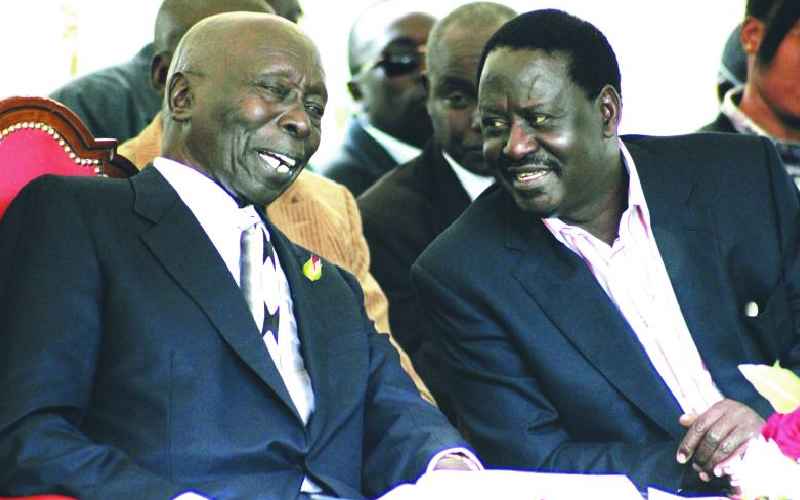William Ruto: The Rise, Fall, and Power of the Kenya Hustler-Turned-President
William Ruto’s ascent from a roadside chicken seller to Kenya’s presidency is both a personal triumph and a reflection of the country’s turbulent political terrain. Admired by some for his resilience and grassroots appeal, and criticized by others as a figure molded by controversy and self-preservation, Ruto’s path exposes the underlying dynamics of loyalty, betrayal, and power that define Kenyan politics. His story raises critical questions about what kind of leadership the country values, and what it fears.
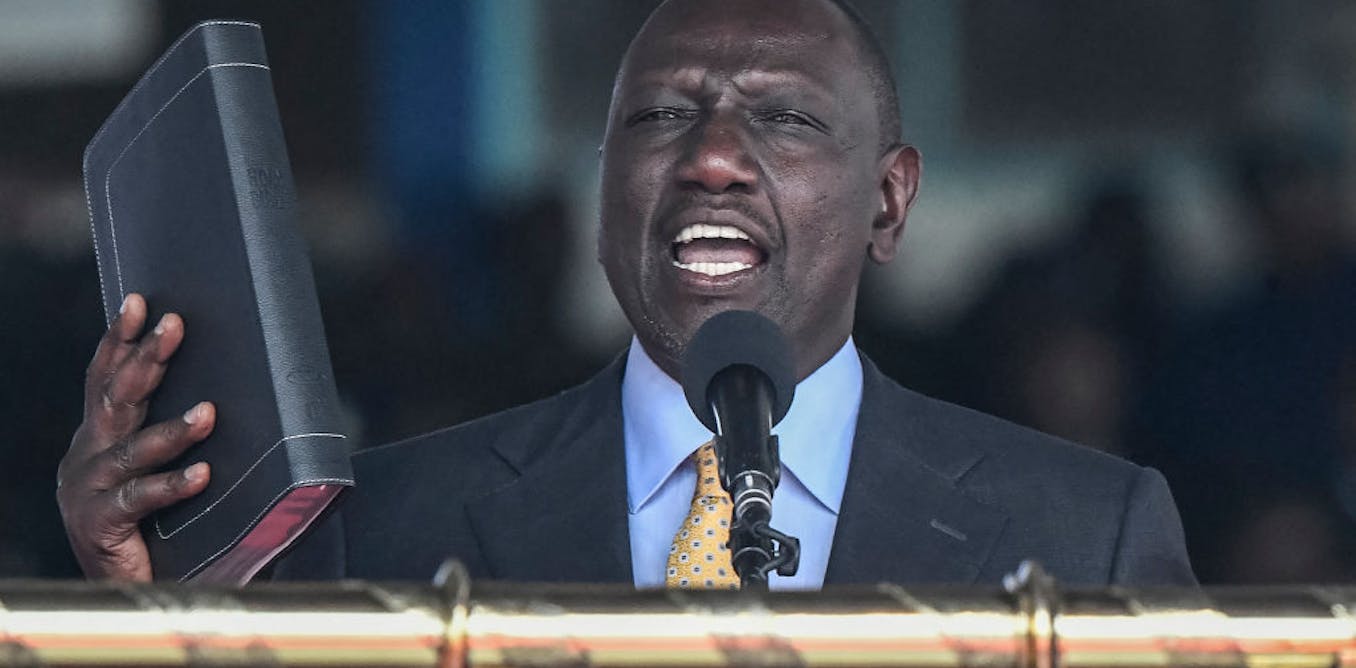
From Kamagut to Nairobi: Ruto’s Humble Beginnings
Rural Roots and Early Struggles
Born in 1966 in Kamagut village in Uasin Gishu County, William Ruto’s upbringing was modest. Without political lineage or wealth, he sold chickens to help his family make ends meet, an origin story he has since elevated into a symbol of perseverance. Hunger, more than ambition, drove his early resolve to succeed.
Education and Early Political Exposure
Ruto studied botany and zoology at the University of Nairobi, but it was outside the lecture halls where his political instincts sharpened. Immersed in the country’s student politics and urban survival, he developed an early understanding of power: that loyalty, connections, and adaptability could often matter more than ideology. This formative period shaped his approach to political strategy in the years that followed.

Political Ascent and the Making of a Survivor
The YK92 Machine and the Politics of Loyalty
In 1992, Ruto entered national politics through Youth for KANU '92 (YK92), a campaign outfit designed to secure re-election for then-President Daniel arap Moi. YK92 was flush with state resources and operated with impunity. Critics argued it relied on patronage and intimidation rather than democratic engagement. Ruto learned early that political survival in Kenya demanded unwavering loyalty and the ability to neutralize rivals. These lessons would shape his career.
From Newcomer to Political Contender
In a surprise upset in 1997, Ruto won the Eldoret North parliamentary seat, defeating Moi’s relative. The victory signaled not just his local popularity but his strategic instincts. Over the following decade, he shifted alliances multiple times, supporting Raila Odinga’s Orange Democratic Movement in 2007 before later realigning with elements of the KANU old guard. His role in the disputed 2007 election and its aftermath placed him at the center of a political storm, both nationally and internationally.
Navigating Power and Building Resilience
Throughout this volatile period, Ruto focused on cultivating a loyal voter base in the Rift Valley. He maintained strong ethnic and regional networks, understanding that political longevity in Kenya often depended on community mobilization as much as party politics. His ability to weather shifting alliances without losing political ground revealed a growing aptitude for strategic survival, an attribute that would define his rise.

The Politics of Scandal, Resistance, and Reinvention
The ICC Charges and a New Political Alliance
In 2010, Ruto was among several Kenyan leaders summoned by the International Criminal Court (ICC) over alleged crimes against humanity related to the 2007–2008 post-election violence. While critics viewed the charges as a reckoning for political incitement, Ruto framed the process as persecution, a case of political victimization targeting a man from humble origins. He used the moment to forge an unlikely alliance with Uhuru Kenyatta, who also faced ICC charges. Their shared legal battles laid the foundation for a powerful political partnership.
Deputy Presidency and the Shadow of Scandal
The duo's victory in the 2013 general election brought Ruto into the Deputy President’s office. Though formally second-in-command, he wielded significant behind-the-scenes influence, with allies reportedly steering key government appointments and procurement. Yet, allegations of corruption surfaced frequently. Land acquisition controversies, including the Weston Hotel case, regularly made headlines. Still, Ruto’s political brand remained resilient, bolstered by a carefully crafted image as a “hustler” fighting entrenched dynasties.
Growing Rift with Uhuru Kenyatta
By 2017, cracks appeared in the Uhuru-Ruto alliance. After their re-election, President Kenyatta began sidelining his deputy, culminating in the 2018 “handshake” between Kenyatta and opposition leader Raila Odinga. The truce shifted the political landscape, with Ruto increasingly isolated within his own government. His exclusion from key policy decisions marked a turning point, he was still in office, but politically exiled.
Image Reinvention and Strategic Outreach
In response, Ruto doubled down on his populist message. He cast himself as the voice of ordinary Kenyans, “the hustler” battling the elite “dynasties.” Religious platforms, especially churches, became critical spaces for rebuilding his image. His narrative resonated, particularly among young and marginalized voters who saw in him a mirror of their own economic struggles.
The Birth of UDA and Ground-Level Mobilization
Ruto's political reinvention crystallized in the formation of the United Democratic Alliance (UDA), which he positioned as a bottom-up alternative to traditional power structures. The party’s branding, bright yellow and people-first messaging, was intentionally populist. Through village tours, church visits, and social media campaigns, Ruto portrayed himself as an outsider challenging a broken system. This grassroots campaign became the backbone of his renewed presidential ambitions.
Controversies and Narrative Control
Even as fresh allegations emerged, ranging from questionable land deals to disputed government tenders, Ruto’s support base held firm. He dismissed the accusations as politically motivated, using media appearances and a robust digital strategy to manage public perception. By casting his critics as part of an elite cabal threatened by his rise, Ruto retained control over his narrative and remained a viable contender for power.

The 2022 Election Victory and Consolidation of Power
Campaign Strategy and Electoral Ground Game
William Ruto’s 2022 presidential campaign was a study in strategic mobilization. While facing stiff opposition from the state-backed Azimio coalition, Ruto harnessed his hustler narrative to connect with voters across regions, especially in Rift Valley, Mount Kenya, and parts of the Coast. His message of economic inclusion and resistance to political dynasties struck a chord, particularly with youth and informal sector workers. Beyond rhetoric, his command over party infrastructure through the United Democratic Alliance gave him the organizational depth to deliver votes.
Victory Amid Disputed Outcomes
Ruto was declared the winner by the Independent Electoral and Boundaries Commission (IEBC) in a tense and contested result. The announcement was marred by internal division within the IEBC itself, with four commissioners disowning the outcome. Despite challenges at the Supreme Court, the election result was upheld. Ruto’s presidency began under a cloud of mistrust but with a decisive legal mandate.
Early Governance and Power Consolidation
Once in office, Ruto moved swiftly to consolidate control. Key appointments across ministries, security services, and parastatals were dominated by loyalists. His government prioritized infrastructure development and economic reform, though many initiatives relied heavily on borrowing. Meanwhile, the president maintained his narrative of economic empowerment through a bottom-up model, although critics questioned the coherence of the plan.
Internal Friction and Emerging Rivalries
Even within his administration, tensions began to surface. Deputy President Rigathi Gachagua, initially a staunch ally, appeared increasingly assertive, at times projecting himself as the true voice of Mount Kenya. Public contradictions between the two hinted at deeper fissures. Observers noted that Ruto, long adept at managing political alliances, now faced challenges in balancing ambition with cohesion inside his own camp.
Persistent Scandals and Public Pushback
As his term progressed, controversy followed. Questions swirled around housing projects, procurement irregularities, and alleged “ghost” tenders. Documents leaked to the media suggested systemic lapses in accountability. Protests over tax hikes and the cost of living highlighted growing public frustration, especially as promised economic relief remained elusive. Yet Ruto continued to present himself as a reformer constrained by entrenched interests and a difficult global economic climate.
Balancing Reform and Control
While advocating for policy change, Ruto simultaneously tightened political control. Civil service appointments, legislative maneuvering, and institutional reforms all signaled a bid to entrench his authority. Supporters saw a leader stabilizing the system; critics warned of creeping authoritarianism. Either way, the balancing act between reform and repression defined his early presidency.

The Future of William Ruto’s Kenya
Power Consolidation and 2027 Positioning
President Ruto appears focused on securing long-term political dominance. Through institutional appointments and potential legal reforms, his administration is shaping a landscape favorable to re-election in 2027. His influence extends deep into party structures, the judiciary, and civil service, suggesting a strategy not just of governance, but of enduring control.
Reshaping the Political Landscape
Ruto has already altered Kenya’s political dynamics. By fracturing traditional voting blocs and undermining legacy parties, he has forced rivals to rethink their strategies. His emphasis on the “hustler versus dynasty” framing continues to resonate with younger, economically disenfranchised citizens. In doing so, he has created a movement that may outlive his presidency, even as it deepens divisions across class, region, and ideology.
Opportunities and Risks
Ruto’s rise offers lessons in resilience, branding, and tactical agility. But the challenges ahead are formidable. Public trust is eroding under the weight of persistent corruption allegations, rising living costs, and perceived overreach. His ability to deliver tangible economic improvement will likely determine whether his populist platform translates into lasting legitimacy, or becomes a cautionary tale of promise unmet.
The Broader Legacy
Whether seen as a disruptor or a product of the very system he claims to challenge, Ruto has already left a lasting imprint on Kenya’s political culture. His presidency tests the boundaries between populism and patronage, reform and consolidation. As 2027 approaches, the question remains: will Ruto refine his leadership to unify a divided nation, or entrench the very inequalities his campaign once railed against?
What's Your Reaction?










